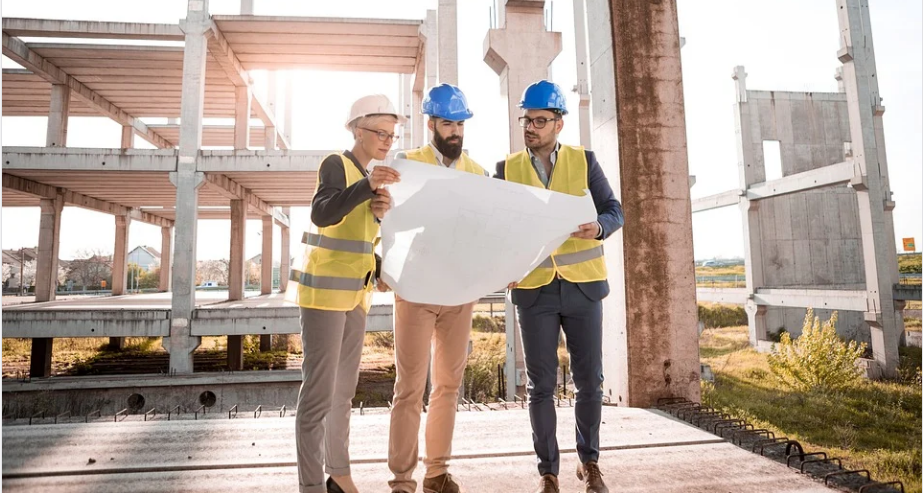Architecture has served as a reflection of society throughout history, reflecting the values, triumphs, and final demise of civilizations. We may learn a lot about the people who lived in cities long before our time by looking at the monumental structures, houses, and buildings that make up the fabric of a city. We’re learning about the effects of architecture on people in whole new ways by examining the built environment of the past and combining it with modern-day research on psychology and the environment, which begs the question: How does architecture impact society?
Many of us aren’t conscious of how architecture affects our emotions, but the truth is that the feeling of location and our emotions are inextricably linked. Architecture is more than just a pretty arrangement of bricks; it can elicit strong emotions. Consider a huge room with lots of windows, lots of natural light, high ceilings, and interesting architecture.
The mental and physical well-being of the residents can be influenced by lighting, building materials, ventilation, and overall architecture. Humans are profoundly affected and influenced, and many investigations and research projects have been conducted in recent years to determine the relationship between architecture and the brain. ‘We shape our buildings, and then our buildings shape us,’ it is said, and it is true.
The worth of architecture as a work of art is as follows:
Architecture may be found in many places and is connected with many elements of our existence. Architecture has a variety of effects on us, the most significant of which are psychological and emotional. A structure should be a work of art that can uplift and stimulate people. The architectural design may mix functionality with creativity, making it more than just glass, bricks, and concrete. A daring piece of architecture can elicit significant feelings in individuals, such as astonishment, peace, or exhilaration.
If you want to improve your architecture so that it enhances rather than detracts from your mood, you should concentrate on the design components. Quiet zones are significant in architectural design because they provide a sense of spaciousness and serve as a breather for people suffering from anxiety or sadness.
Large windows, open-air spaces, long tables, high ceilings, and soft lighting can help individuals relax in the midst of busy buildings and noisy environments. Here’s a quick rundown of the design components you might want to think about:
- Ceiling height
- Building views
- Colour
- Lighting
- Facades
- Space
CP Kukreja Architects understand how history has affected our society and how we can use that knowledge to meet our current requirements while also planning for the future. Their design teams are passionate about using design to make the world a better place, and they are aware of their obligation to the craft. Contact CP Kukreja Architects, the famous designs firm in Delhi today to discover more about how your project can have a beneficial impact on your community.

